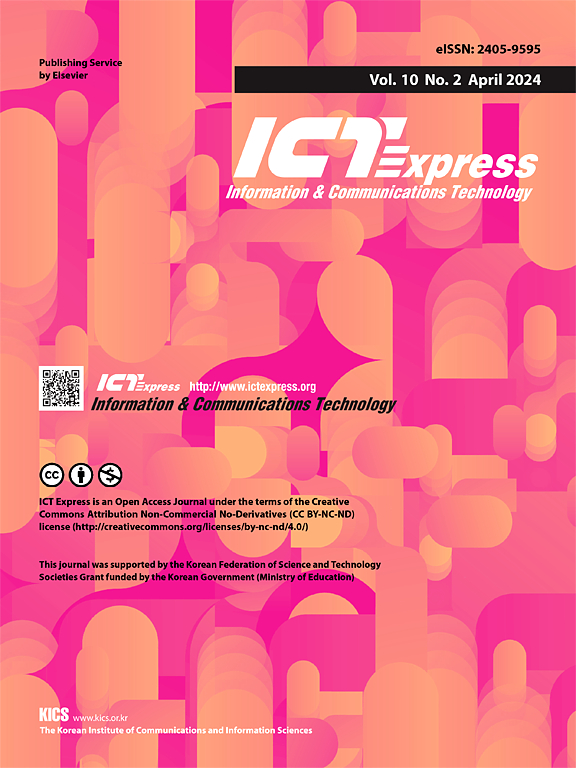通过实时故障预测和优化提高电动汽车续航里程:基于人工智能方法的DHBA-FPM模型介绍
IF 4.2
3区 计算机科学
Q1 COMPUTER SCIENCE, INFORMATION SYSTEMS
引用次数: 0
摘要
电动汽车(ev)在客运过程中的电气和机械故障会造成重大的运营损失和能源消耗增加,从而放大了里程焦虑。为了解决这个问题,我们利用了来自本文章由计算机程序翻译,如有差异,请以英文原文为准。
Enhancing electric vehicle range through real-time failure prediction and optimization: Introduction to DHBA-FPM model with an artificial intelligence approach
Electrical and mechanical failures in electric vehicles (EVs) during passenger operation cause significant operational losses and elevated energy consumption, amplifying range anxiety. To address this issue, we utilized 250,000 rows of real-time data from electric trolleybuses operating in Türkiye to develop a robust artificial intelligence (AI)-based optimization model for failure mitigation. Initially, Tri layered Neural Network (TNN) was employed to create a predictive function for electrical and mechanical failures, followed by comparative analyses across six optimization algorithms widely adopted in failure prediction studies. Among these, the Developed Honey Badger Algorithm with AI Approach (DHBA) emerged as the most effective, achieving a predictive accuracy improvement of 15 % over the standard Honey Badger Algorithm (HBA). The DHBA incorporates a Dynamic Fitness-Distance Balance (DFDB) mechanism and a novel spiral motion feature to enhance search precision, leading to the DHBA-FPM (Developed-Honey Badger Algorithm - Failure Prediction Model). The final DHBA-FPM model was applied to the 10 highest-density bus routes in Türkiye to predict and optimize failures. Results indicate that applying the DHBA-FPM model across these routes yielded a 3.96 % average range increase in EVs, extending the total range by approximately 79,200 km annually. It can be concluded that the model could prevent the release of 238.7 tons/year of CO2, NO, and NO2 emissions through its potential to improve both the operational efficiency and sustainability of EVs in public transit networks.
求助全文
通过发布文献求助,成功后即可免费获取论文全文。
去求助
来源期刊

ICT Express
Multiple-
CiteScore
10.20
自引率
1.90%
发文量
167
审稿时长
35 weeks
期刊介绍:
The ICT Express journal published by the Korean Institute of Communications and Information Sciences (KICS) is an international, peer-reviewed research publication covering all aspects of information and communication technology. The journal aims to publish research that helps advance the theoretical and practical understanding of ICT convergence, platform technologies, communication networks, and device technologies. The technology advancement in information and communication technology (ICT) sector enables portable devices to be always connected while supporting high data rate, resulting in the recent popularity of smartphones that have a considerable impact in economic and social development.
 求助内容:
求助内容: 应助结果提醒方式:
应助结果提醒方式:


